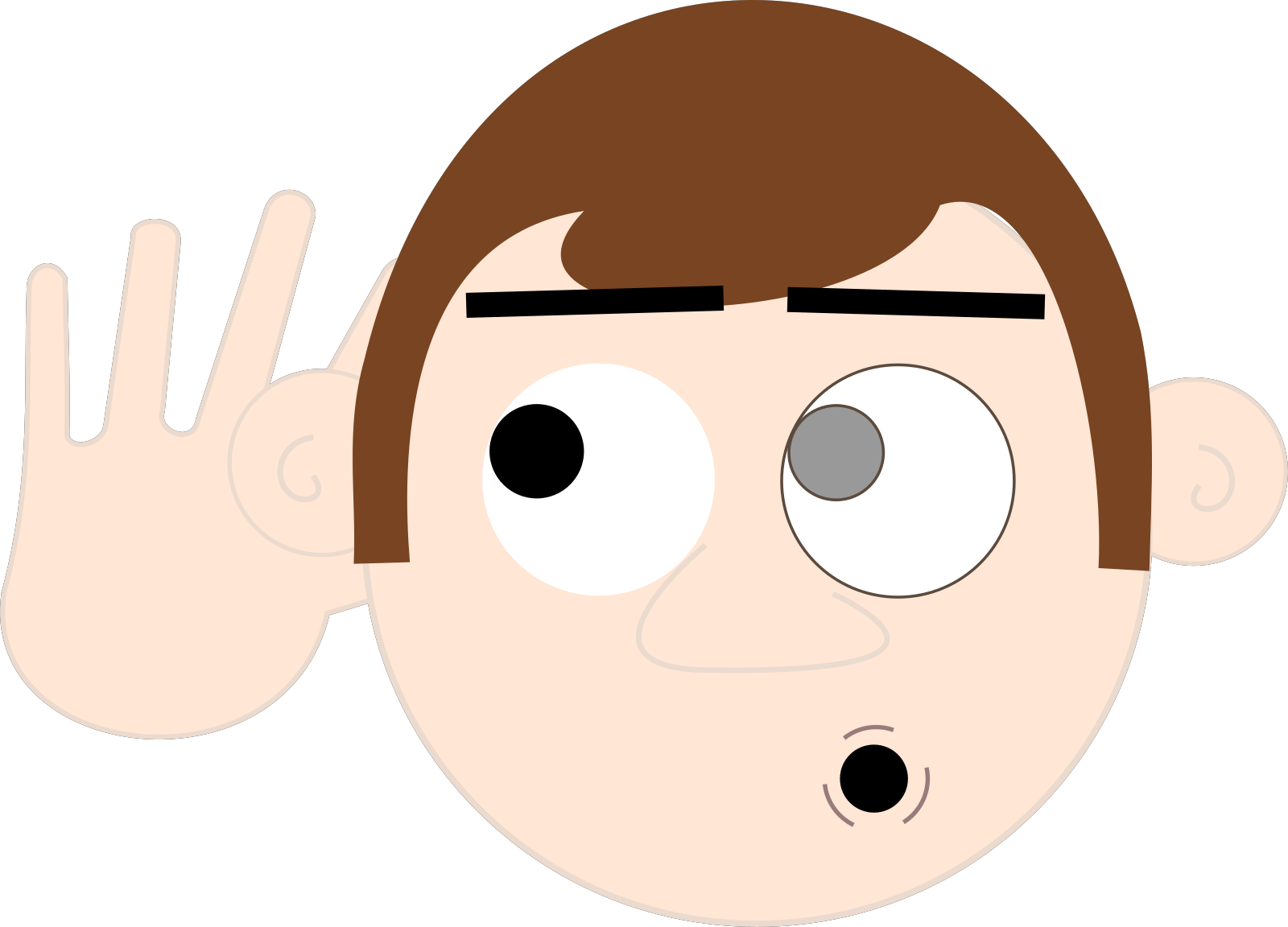Png Hear
The ear is an incredibly complex and intricate part of the human body. Made up of a complex system of bones, muscles, and nerves, the ear is responsible for our sense of hearing and helps us maintain our balance. The human ear can be divided into three main parts: the outer ear, the middle ear, and the inner ear. Each of these parts plays a unique role in the process of hearing, and a malfunction in any one of these components can lead to hearing loss or other auditory problems. The outer ear is the part of the ear that we can see and is composed of the pinna and the ear canal. The pinna is the cartilage-covered flap that sits on the side of the head and helps to collect sound waves. The ear canal, which is about 2.5 cm long, begins at the opening of the pinna and ends at the eardrum. The canal is lined with hairs that help to prevent foreign objects from entering the ear and also secretes earwax, which helps to protect the ear. The middle ear is a small, air-filled space that is located behind the eardrum. The three smallest bones in the human body - the malleus, incus, and stapes - are located in the middle ear and are collectively known as the ossicles. The ossicles work together to amplify sound vibrations and transmit them from the eardrum to the inner ear. The inner ear is the part of the ear that contains the sensory organs responsible for hearing and balance. The inner ear is made up of two main structures: the cochlea, which is responsible for hearing, and the vestibular system, which is responsible for balance. The cochlea is a spiral-shaped structure that contains tiny hair cells that help to convert sound vibrations into electrical signals. These signals are then sent to the brain, where they are interpreted as sound. The vestibular system is located within the inner ear and is responsible for our sense of balance. The vestibular system contains three semicircular canals that are filled with fluid and help to detect changes in head position and movement. While the ear is a remarkable and complex structure, it is prone to a variety of problems and conditions. Hearing loss is one of the most common issues related to the ear and can be caused by a number of factors, including aging, exposure to loud noises, and certain medical conditions. Tinnitus is another common condition that affects the ear. Tinnitus is characterized by a ringing, buzzing, or hissing sound in the ears and can be caused by a variety of underlying conditions. Ear infections are also a common problem, particularly in children. Ear infections occur when bacteria or viruses enter the middle ear and can cause pain, swelling, and fluid buildup. In order to maintain optimal ear health, it is important to practice good ear hygiene and take steps to protect your ears from loud noises and other potential hazards. This may include wearing earplugs at concerts or other loud events, avoiding the use of cotton swabs in the ear canal, and seeking medical attention if you experience any warning signs of ear problems. Overall, the ear is a remarkable structure that plays a critical role in our ability to hear and maintain our balance. By taking steps to care for our ears and seeking medical attention when needed, we can help to ensure optimal ear health and function. 








www.onlinewebfonts.com - hear icon svg file onlinewebfonts school north star
www.pngmart.com - heart pink pic file
clipart.info -
pluspng.com - pluspng

webstockreview.net - heart emoji clipart transparent cropped xenforo cookies ways webstockreview amour langages les red format downloads file resolution superfood

www.downloadclipart.net -
Post a Comment for "Png Hear"